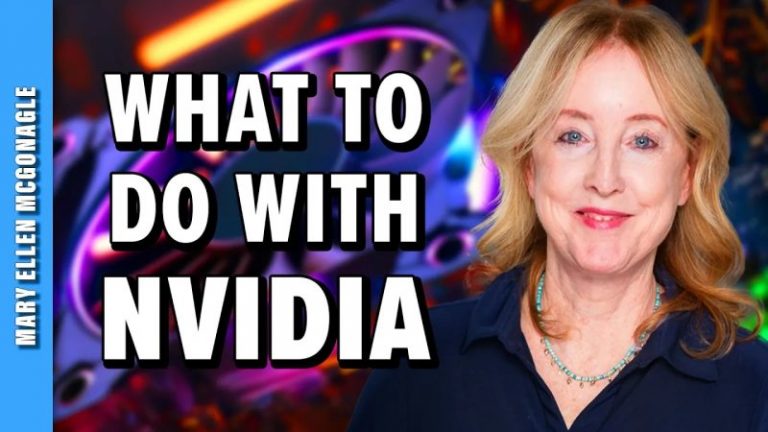Trading Tech Titan: Strategies for Trading Nvidia After Its 15% Gain
Technical Analysis Overview
Nvidia, the global technology giant known for its graphics processing units (GPUs), recently saw a significant 15% gain in its stock price. This surge has presented traders with an opportunity to capitalize on the momentum and volatility in Nvidia’s stock. Employing effective trading strategies is crucial to maximize profits and minimize risks in such an environment.
Understanding Nvidia’s Performance
Before delving into trading strategies, it is essential to analyze Nvidia’s recent performance and factors driving its stock price. Nvidia’s strong presence in the gaming, data center, and artificial intelligence sectors has been a key driver of its growth and stock price appreciation. Investors have been bullish on Nvidia’s prospects due to its innovative products and continued expansion into new markets.
Key Technical Indicators
Technical analysis can provide valuable insights into Nvidia’s stock price movements and potential trading opportunities. Key technical indicators to consider include moving averages, relative strength index (RSI), and support and resistance levels. These tools can help traders identify entry and exit points, trend reversals, and potential price targets.
Trading Strategies
1. Breakout Trading: One approach to trading Nvidia after its 15% gain is breakout trading. This strategy involves identifying key resistance levels that, once breached, signal a strong upward movement in the stock price. Traders can enter long positions when Nvidia breaks above a significant resistance level on high volume, indicating increased buying pressure.
2. Trend Following: Another effective strategy is trend following, which involves identifying the prevailing trend in Nvidia’s stock price and trading in the direction of that trend. Traders can use moving averages or trend lines to confirm the trend direction and enter positions accordingly. Trend following strategies are particularly useful in capturing extended price moves and maximizing profits during strong momentum phases.
3. Pullback Trading: In situations where Nvidia’s stock price experiences a temporary pullback after a significant gain, pullback trading can be a profitable strategy. Traders can wait for the stock price to retrace to a key support level or a Fibonacci retracement level before entering a long position. This approach allows traders to capitalize on the stock’s upward momentum while minimizing the risk of buying at an overextended price level.
Risk Management
Effective risk management is paramount when trading Nvidia after its 15% gain. Traders should set stop-loss orders to limit potential losses and protect profits. Position sizing based on risk tolerance and proper diversification across assets can help mitigate the impact of adverse price movements.
Conclusion
Trading Nvidia after its 15% gain requires a disciplined approach and informed decision-making. By incorporating technical analysis, utilizing proven trading strategies, and implementing robust risk management practices, traders can navigate the volatility in Nvidia’s stock price and optimize their trading outcomes. As with any trading endeavor, staying informed about market developments and adapting strategies to changing conditions are essential for success in trading Nvidia or any stock for that matter.



